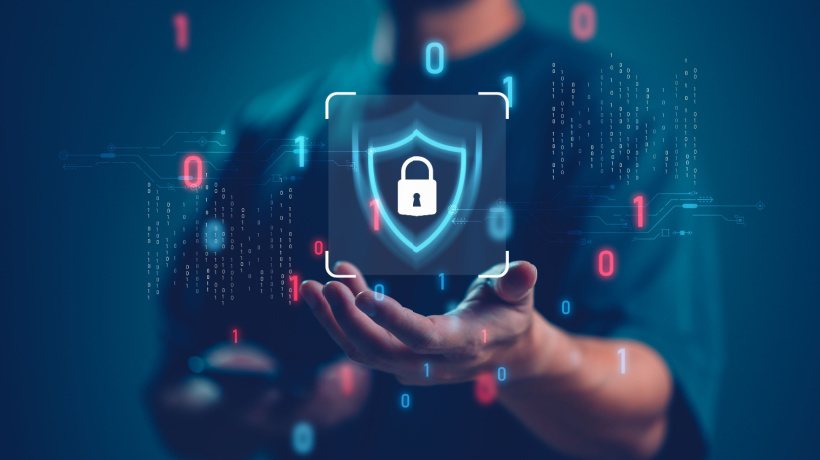How To Promote Digital Literacy And Tech Skills In eLearning
Paul Gilster, the author of 'Digital Literacy’, described it as “the usage and comprehension of information in the digital age” [1]. Gilster firmly believed that digital literacy was an essential life skill which should be taught in all areas of education, including the corporate training sector. But teaching tech skills can be tricky in traditional online training environments, as it lacks one crucial component: firsthand experience. Fortunately, online training gives you the power to put technical skills into action and promote digital literacy.
What Is Digital Literacy?
Digital literacy covers an ever-expanding range of abilities, skills, and behaviors. In recent years, emails and text messages have become the primary means of communication. We now rely on our mobile devices on a daily basis. In the early days, digital literacy focused on the skills that were needed to use computers. Today it has a much broader scope, such as smart phones, tablets, laptops, and wearable tech. It also includes the ability to manipulate and evaluate data that we receive in multimedia formats.
7 Tips To Promote Digital Literacy In eLearning
1. Encourage Self-Exploration
Digital literacy cannot be taught through traditional means. Online learners should be able to explore the digital resources on their own, which emphasizes the real-world applications of this vital skill. For example, an online learner must use online tools to solve a common problem. Therefore, they discover the benefits of online training tutorials, articles, and other informative online training resources firsthand, instead of reading about the advantages of honing their IT skills.
2. Create An Online Resource Guide
Formal online training in digital literacy can help online learners differentiate between fact and fiction, especially in regards to online resources that may contain inaccurate information or opinion-based content. This also encourages them to carefully evaluate information by checking numerous online sources before they commit the ideas to memory. It's a good idea to develop an online resource guide that features trustworthy online tools, such as eLearning videos or virtual guides that you've already reviewed. You can also invite online learners to submit their own links for the benefit of their peers.
3. Set Some Ground Rules
Online learners need to be aware of how to use the online tools effectively. This also involves Internet netiquette. For example, they use social media to broaden their understanding and interact with peers. Thus, they must respect the opinions of others and follow the same rules as face-to-face communications, such as honoring different viewpoints and staying on topic.
4. Evaluate Your Current eLearning Strategy
Review the eLearning strategies that are already in place and determine how you can interject learning technologies. For example, inviting online learners to your eLearning forum to continue the online discussion after an in-class lecture. You can use LMS metrics, online surveys, and eLearning assessments to find the best fit for IT in your eLearning curriculum. This allows you to bridge knowledge and skill gaps with the help of online resources. In the process, online learners build their digital literacy and tech skills in a real-world context.
5. Include Digital Literacy Simulations
eLearning simulations facilitate real-world experience in a risk-free setting. Online learners are able to test out new technologies and familiarize themselves with the LMS platform. You can also assign each online learner with a problem they must solve using online tools. For example, they need to create a timeline about a historical trend. Online learners must use online articles, eLearning videos, and other Internet resources to find the information they require and then summarize the key points. This also helps to improve knowledge retention and active recall.
6. Encourage Learner-Generated eLearning Content
Digital literacy can enhance online learners' performance, support and motivation, especially when they are encouraged to showcase their work. Ask online learners to create their own eLearning blogs or virtual presentations based on the subject matter. They must use their pre-existing knowledge and newfound tech skills to develop learner-generated eLearning content. This offers a secondary benefit, since using multimedia also enforces the need to respect the use of images. For example, they may need to pay royalties or find royalty-free options. As such, they become familiar with intellectual rights and copyright laws that govern online resources.
7. Host A Live Event
Live events give online learners the opportunity to use a variety of online tools, such as web browsers, video conferencing software, and social media sites. They are also able to interact with their peers and online instructors remotely. Send participants a webinar agenda in advance so that they can prepare questions and comments, as well as study up on the subject beforehand. Create a hashtag for the event to take care of the social media component and include links to supplemental online resources that online learners may find helpful. For example, online video tutorials or guides that explore the compliance topics you'll cover during the event.
Certain online learners may know more about technology than their online instructors, while others are new to the world of IT. Pre-assess your online learners to discover how much they already know and their tech comfort level. This allows you to create personalized eLearning experiences that meet their needs and build digital literacy.
How well can you handle tech-resistant online learners? Read 7 Tips For Working With Tech-Resistant Learners In eLearning to discover how to help your tech-resistant online learners reap the benefits of eLearning without making them feel alienated.
References
[1] Gilster, Paul (1997), Digital Literacy, Wiley: New York.









